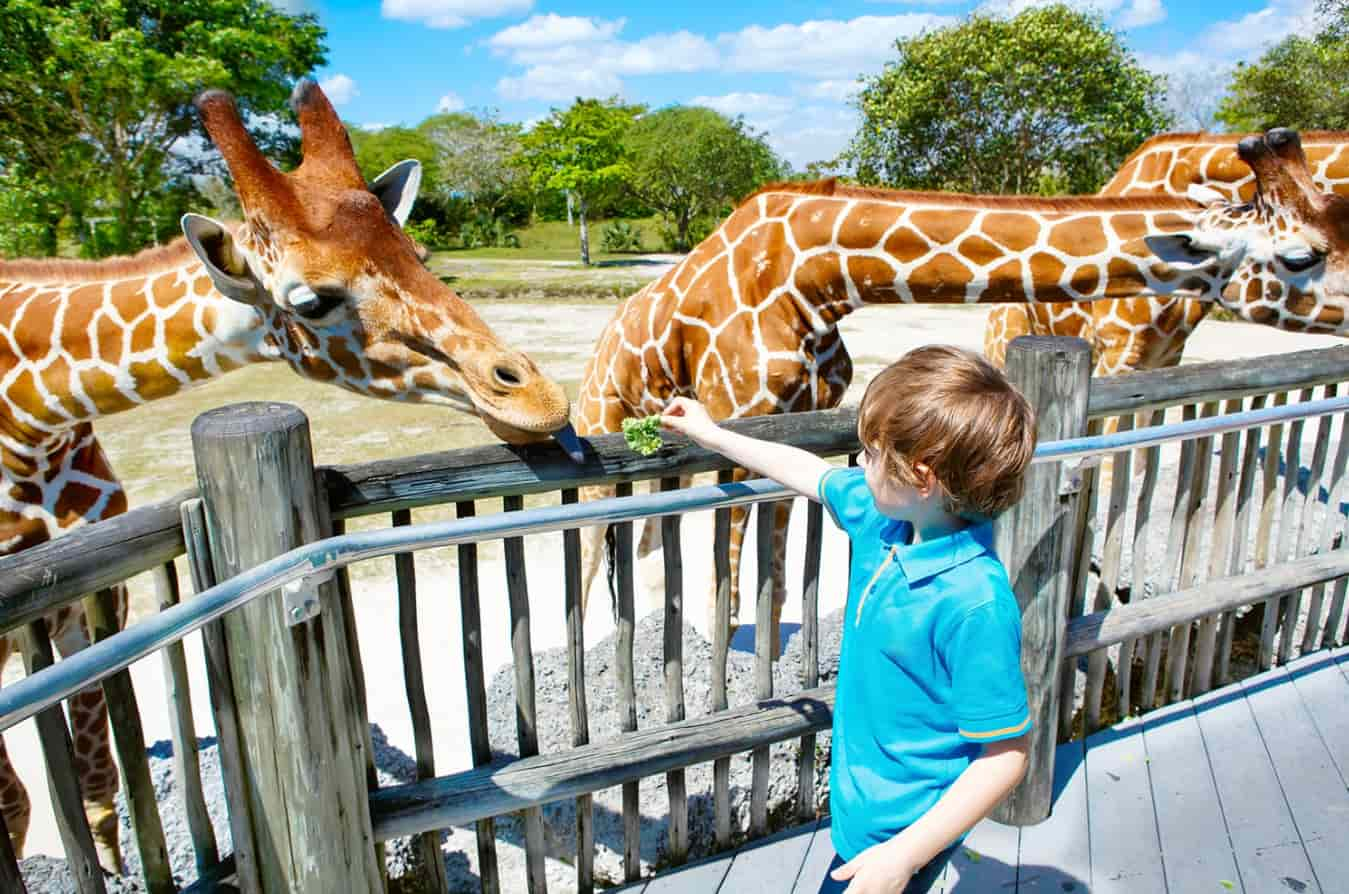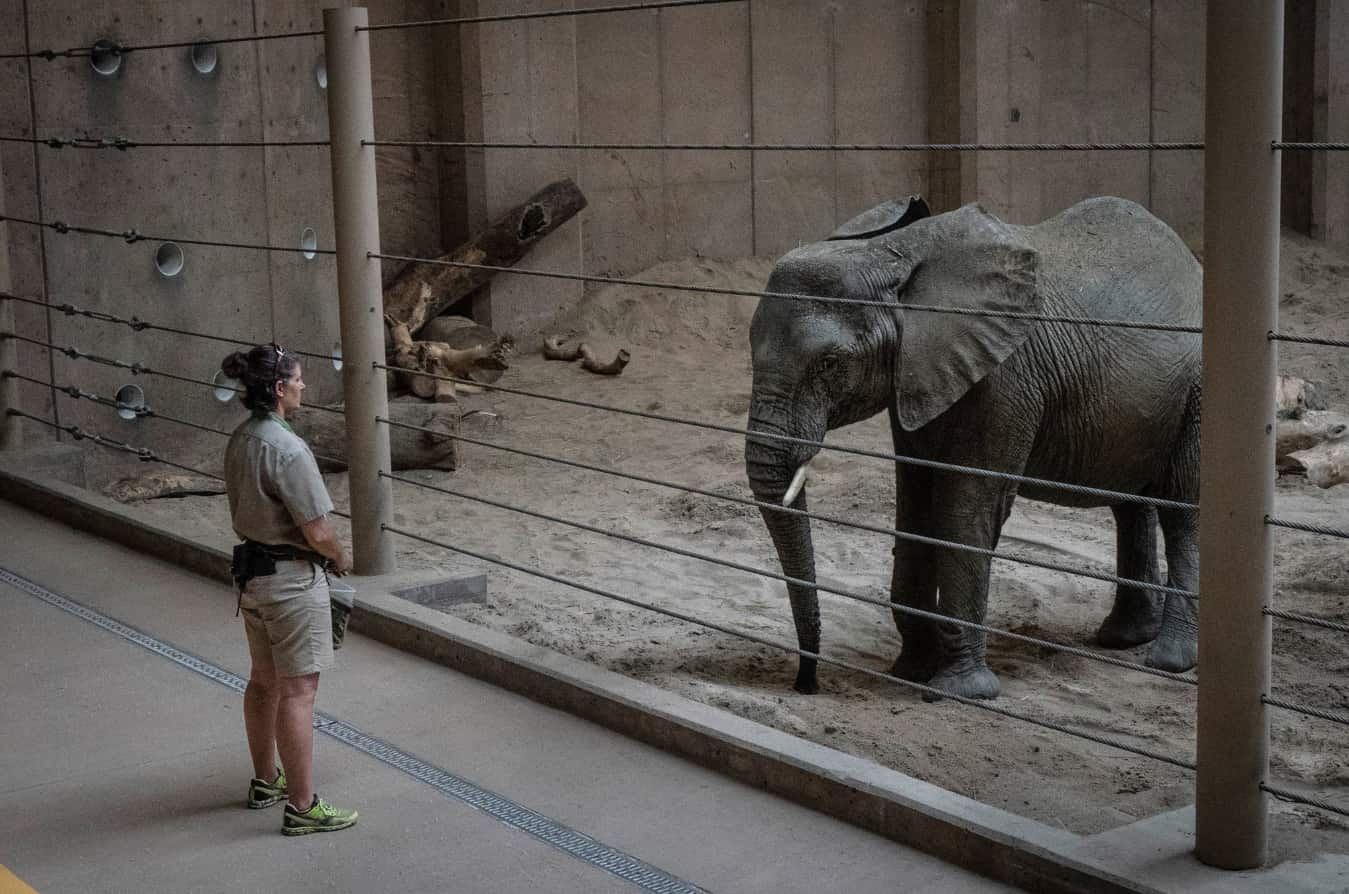Zoos spark all sorts of emotions, right? Some folks think they’re fantastic because they give us the chance to see incredible animals up close. Others feel they’re a bit of a downer—keeping creatures in enclosures isn’t everyone’s idea of fair treatment.
It’s surprising how much zoos have evolved these days—doing way more than just giving us a good day out. They’re stepping up in areas like saving species, teaching people about wildlife, and even chipping in with research that helps animals in the wild.
Still, there’s this tug-of-war between the good they do and the not-so-great parts about keeping animals behind fences. Are they a blessing for endangered species, or could they sometimes be making life more difficult for the animals themselves?
Let’s break it all down and figure out where zoos stand, what’s working, and what might need some tweaking.

So, Why Did Zoos Even Start?
Back in the Day: From Showing Off to Shaping Minds
You know what’s funny? Zoos used to be all about kings and emperors showing off their status. Picture this: big shots in ancient times filling their gardens with exotic animals to wow their guests.
These places, known as menageries, were more about display than comfort. Cramped cages and weird setups were pretty much the norm.
Fast-forward a good few centuries, and zoos have done a bit of a 180. Sure, entertainment’s still part of it, but these days, they’re more about keeping species alive, teaching us about the natural world, and getting people involved in conservation efforts.
What’s the Deal with Zoos Today?
Helping Wildlife Bounce Back
Here’s the thing: wild spaces are disappearing at a seriously fast pace. Animals are losing their homes because of stuff like farming, chopping down forests, and climate changes messing with their ecosystems. Zoos have kind of stepped in as backup plans for species that might otherwise vanish.
Take animals like the California condor or the Arabian oryx—breeding programs in zoos helped bring them back from the brink. These efforts don’t just save animals; they teach scientists a ton about how these creatures live, eat, and, well, breed—knowledge that’s super useful for getting them back into the wild.
Teaching People to Care
For a lot of us, the first time we see a tiger or hear a lion roar isn’t out in nature—it’s at a zoo. And that’s a big deal because it gets people, especially kids, interested in wildlife.
Let’s face it: seeing an elephant in a documentary doesn’t quite hit the same as watching one swish its trunk around in real life.
Zoos also use this chance to talk about bigger issues like habitat loss and species extinction. By showing us what’s at stake, they’re hoping we’ll care enough to do something about it.
Saving Animals Everywhere
Here’s something a lot of people don’t know: zoos aren’t just about the animals inside their fences. They pump money and resources into projects out in the wild—stuff like setting up patrols to stop poachers and fixing up damaged habitats.
It’s a way to fight extinction on a global level, and honestly, that’s pretty cool.

The Flip Side: Ethical Hiccups
When Entertainment Gets in the Way
Alright, let’s talk about the elephant in the room—zoos haven’t always had the best track record when it comes to treating animals right. Some places have put on cheesy shows with animals doing tricks or kept creatures in less-than-great conditions just to draw crowds.
While plenty of zoos are trying to change this, you still hear about animals being mistreated or labeled “surplus” and taken out of the picture entirely. It’s a tough thing to think about, but it’s part of the conversation.
The Stress Factor
Imagine being cooped up in a tiny space all the time. That’s kind of what it’s like for some animals in poorly managed zoos. Big creatures like elephants or polar bears aren’t made for small enclosures—they’re used to roaming miles and miles every day.
Being stuck like that can mess with their heads, leading to odd behaviors like pacing or aggression. It’s not just mental stress, either—physical health can take a hit too, with issues ranging from obesity to depression.
Not All Zoos Are Equal
Here’s the thing: there are zoos doing amazing work, and then there are ones that, well, aren’t. In some places, animals are left in outdated facilities or cared for by staff who don’t really know what they’re doing. This isn’t just frustrating—it shows why stricter rules and better management are a must.
| Pros |
Cons |
|---|---|
| Protection of endangered species Zoos help conserve rare species, such as the California condor and the Arabian oryx. |
Ethical concerns over animal captivity Zoos sometimes prioritize visitor interests over animal welfare, using animals for shows and entertainment. |
| Education and inspiration Zoos are places where people, especially children, can learn about animals and the challenges of their conservation. |
Impact on animal health Limited space and stress can lead to illnesses and depression in animals. |
| Fighting species extinction Zoos fund habitat restoration projects and anti-poaching patrols. |
Poor zoo management Some zoos are poorly managed, have outdated conditions, and may prioritize profits over animal care. |
| Research and breeding programs Breeding programs help restore animal populations and provide valuable insights for reintroducing species into the wild. |
What Could Replace Zoos?
Wildlife Sanctuaries to the Rescue
If traditional zoos aren’t cutting it, what’s the alternative? Wildlife sanctuaries might be the answer. These spaces give animals more room to move around and aim to prioritize their well-being over visitor experience.
For example, some sanctuaries let animals live in settings that feel closer to the wild, with minimal human interaction. It’s a bit like giving them their own little slice of the outdoors.
Learning with Tech
Who says you need a live tiger to learn about tigers? With virtual and augmented reality getting better all the time, it’s now possible to create lifelike experiences that don’t involve keeping animals in enclosures.
Imagine walking through a virtual savannah or getting a close-up look at endangered species—all without disturbing a single creature.
Making Zoos Better
For the zoos that stick around, there’s definitely room to step things up. Bigger, more natural spaces, better activities to keep animals engaged, and saying goodbye to anything that feels like exploitation are all steps in the right direction.
The goal? Making sure the animals come first, always.
Wrapping It Up: A Middle Ground
So, where do zoos fit into the big picture? Well, they’re clearly not perfect, but they’ve got potential. When done right, they can be lifesavers for endangered animals and teachers for the next generation of wildlife lovers.
The key is finding ways to do better—whether that’s improving zoos or looking at new options like sanctuaries and tech-based experiences.
Ultimately, it’s about ensuring animals have the best possible life—whether in the wild, a sanctuary, or a well-managed zoo striving for excellence.





